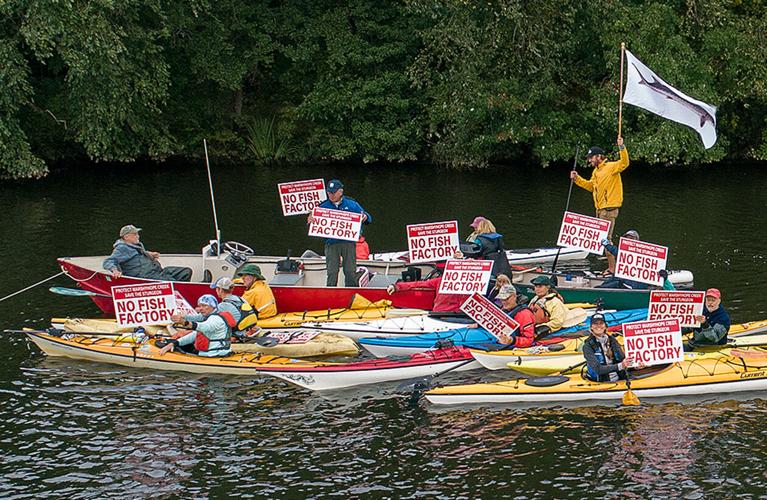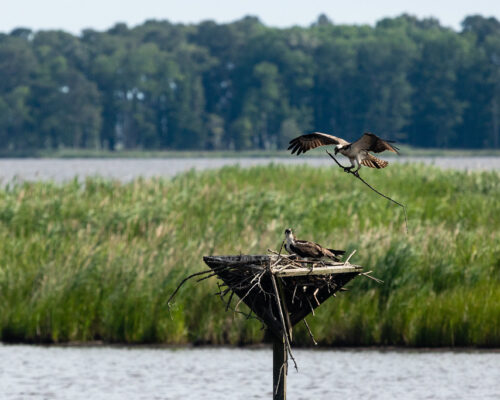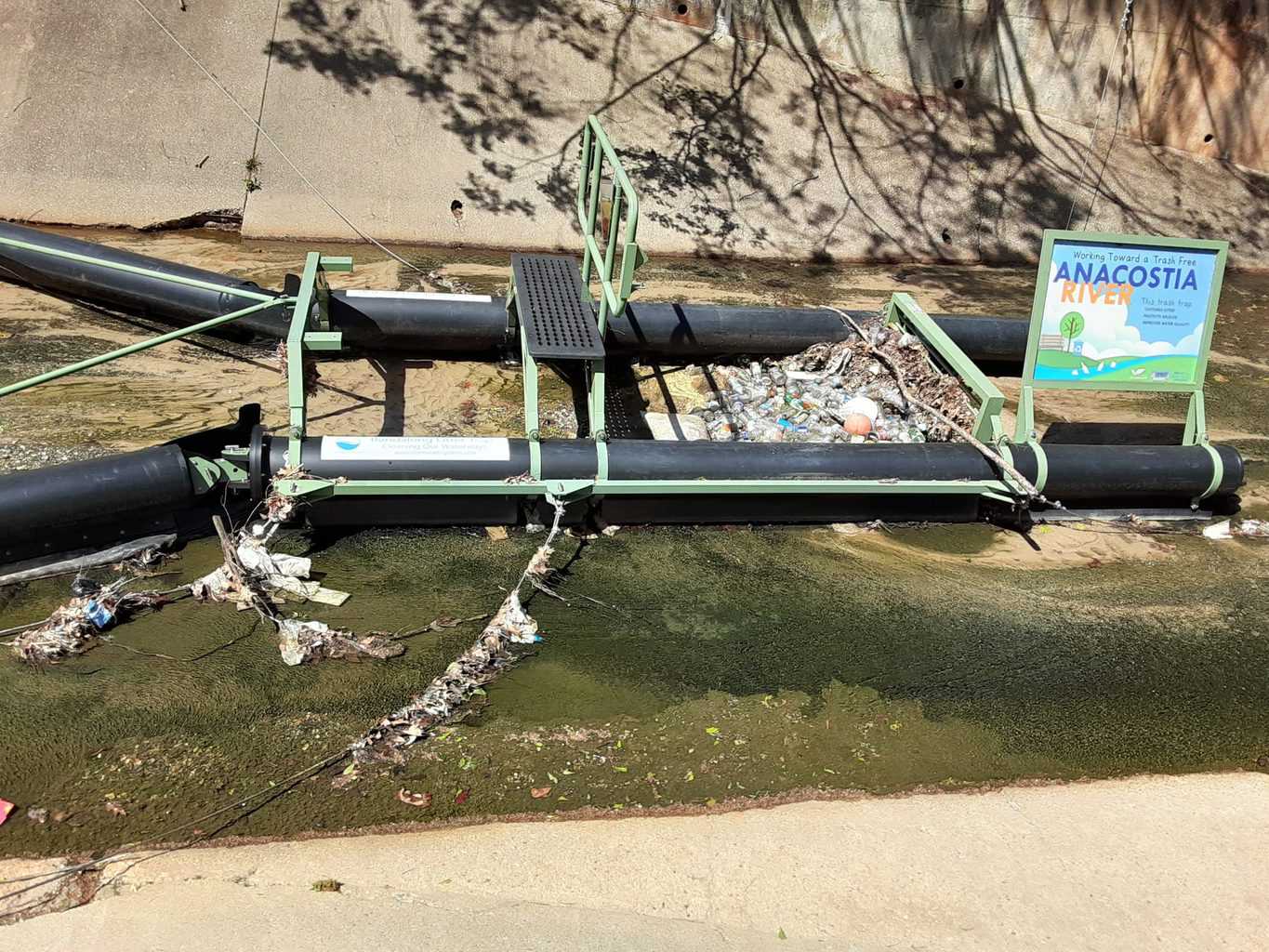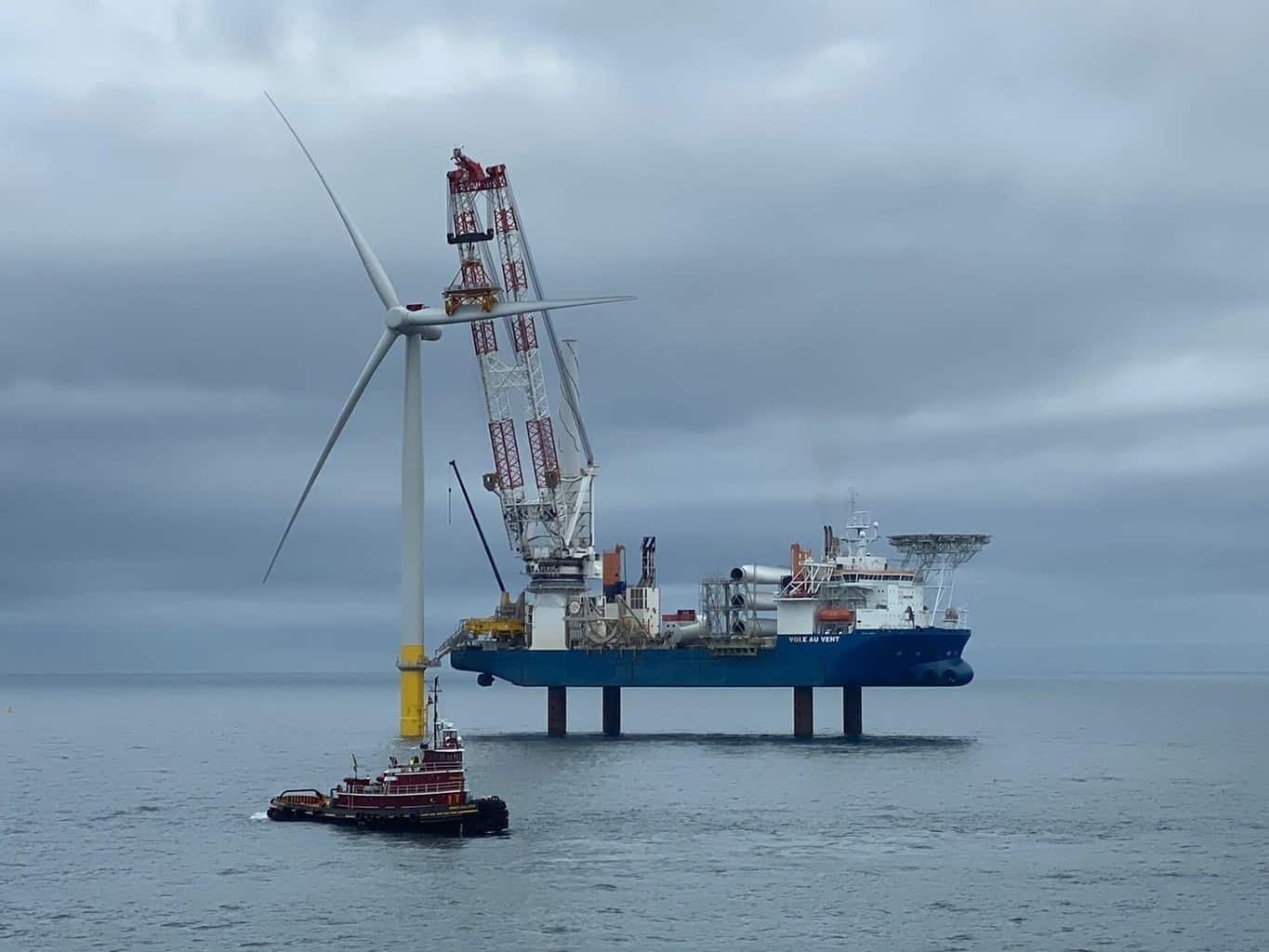By Timothy B. Wheeler & Jeremy Cox, Bay Journal News Service
Facing growing public pushback, a Norwegian company hoping to build a large indoor salmon farm on Maryland’s Eastern Shore has — at least for now — dropped its bid for a permit to discharge wastewater into the only waterway in the state where endangered Atlantic sturgeon are known to spawn.
AquaCon Maryland LLC notified the Maryland Department of the Environment on Oct. 14 that it was withdrawing its application to discharge up to 2.3 million gallons a day of treated “purge” water into Marshyhope Creek, a tributary of the Nanticoke River.
The company said in a press release that the public comments on the application “drew attention to Atlantic sturgeons’ use of Marshyhope Creek, which warrants further consideration and evaluation.”
Ryan Showalter, the company’s Easton-based lawyer, said in an email that AquaCon has not given up on developing an 18-acre salmon production facility in Federalsburg. Expecting that MDE would require additional information to address “uncertainties” about the facility’s impacts on the sturgeon, Showalter said, company officials decided to withdraw the application and investigate alternatives to year-round discharge into the Marshyhope.
MDE gave preliminary approval to the company’s permit in June, but since then the project has drawn pushback from scientists, environmentalists and local residents concerned about the plant’s potential impact on the creek and its fish, particularly sturgeon. An August hearing drew more than 100 people, with nearly all who spoke opposing it.
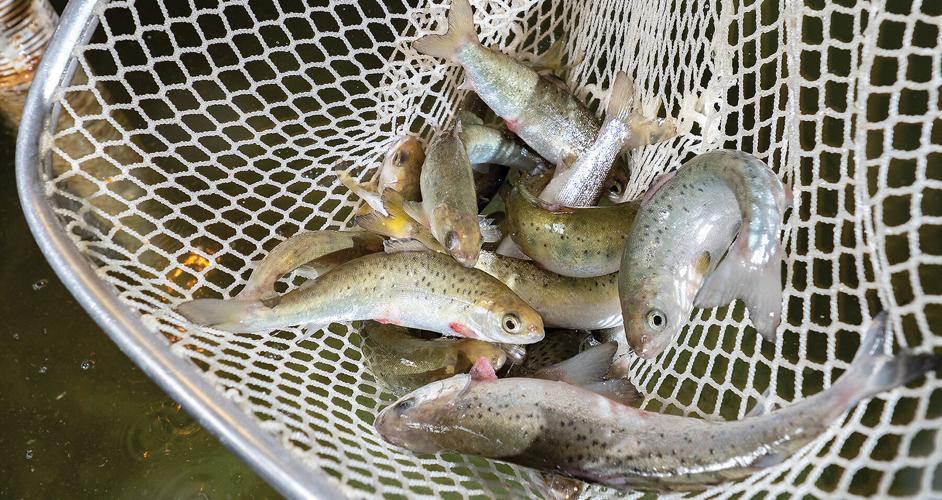
Yonathan Zohar, director of the Aquaculture Research Center at the University System of Maryland’s Institute of Marine and Environmental Technology and an adviser to the company, said after the August hearing he had recommended that AquaCon executives drop pursuit of the Federalsburg site because of the potential risks to sturgeon.
“If it was all going to be managed optimally there would be no harm to the sturgeon,” he said, “but it’s not a good site to pursue, just because of the sensitivity.”
AquaCon’s announcement came 11 days after Federalsburg town leaders signaled their strongest concerns yet with the project. In an Oct. 3 letter to MDE, Mayor Kimberly J. Abner and the four council members urged the agency to deny the discharge permit or at least withhold it until concerns are addressed.
“The mayor and council strongly believe that issuance of a final discharge permit at this time is premature and contrary to the public interest,” they wrote. The Federalsburg officials pointed to a Sept. 19 hearing during which an AquaCon-affiliated attorney left several questions from the audience unanswered.
At the center of those concerns is a bacteria-derived substance called geosmin. While naturally occurring — it’s the cause of the tangy smell in the air after a heavy rain — geosmin is responsible for the muddy flavor in many farm-raised fish. AquaCon purges its salmon of geosmin to remove that “off” flavor and would release it as part of the discharges into the Marshyhope.
But biologists who have studied the river’s sturgeon warned that inundating the Marshyhope with such high quantities of geosmin could upend its fragile ecosystem and impact the endangered fish. A leading sturgeon researcher greeted the permit withdrawal with relief.
“I am delighted that AquaCon made the sensible decision to withdraw the application,” said Dave Secor, a fisheries ecologist with the University of Maryland Center for Environmental Science.
AquaCon had proposed producing up to 15,000 metric tons of salmon a year at the Federalsburg facility. Its recirculating aquaculture system would raise the fish in a series of large indoor tanks filled with water from wells. That water would be almost entirely recycled, with fish waste filtered out and converted to methane to supply energy for the operation.
“Despite an initial misstep in siting the plant on one of Maryland’s most vulnerable estuaries,” Secor added, “we should recognize that AquaCon seeks to develop sustainable aquaculture practices, building on Maryland innovation at [the Institute of Marine and Environmental Technology]. I hope that AquaCon can work with the state’s environmental experts to search for a more sustainable location to site its planned operations.”
Choptank Riverkeeper Matt Pluta felt that the project was simply too big, with too much proposed stormwater runoff from its 18-acre building and too much wastewater potentially piped into a comparatively small waterway. He hopes that AquaCon will postpone its Eastern Shore developments until technology is available—due out within a few years, according to industry experts—that negates the need for discharging the purge water off-site.
“I’d like to see something that’s more in character with our area and not the massive operation that was proposed,” Pluta said. “The unknowns of all that really weighed on us hard. We look forward to working with AquaCon and MDE on a way this can happen without impacting waterways.”
But the technology isn’t there yet. Now, AquaCon may be hinting that other locations are under consideration.
“AquaCon sincerely appreciates MDE’s evaluation of our project to date,” said AquaCon CEO Pål Haldorsen, “and looks forward to continuing to work with MDE to secure permits that authorize aquacultural production while protecting the water quality and health of the Bay ecosystem.”
The company indicated it would continue to work with state and local authorities to develop a land-based salmon farm “in the Mid-Atlantic region, with a focus on the state of Maryland.”

